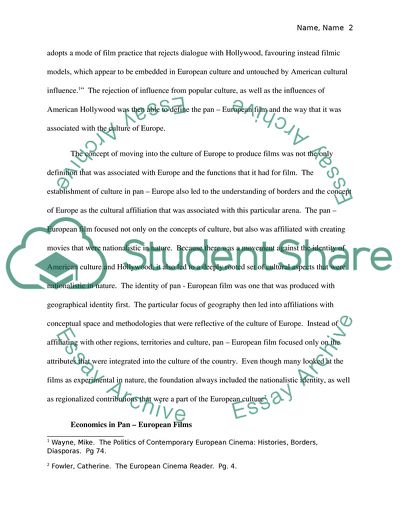Cite this document
(European Film and Cultural Marginalization Case Study, n.d.)
European Film and Cultural Marginalization Case Study. Retrieved from https://studentshare.org/visual-arts-film-studies/1565969-european-cinema
European Film and Cultural Marginalization Case Study. Retrieved from https://studentshare.org/visual-arts-film-studies/1565969-european-cinema
(European Film and Cultural Marginalization Case Study)
European Film and Cultural Marginalization Case Study. https://studentshare.org/visual-arts-film-studies/1565969-european-cinema.
European Film and Cultural Marginalization Case Study. https://studentshare.org/visual-arts-film-studies/1565969-european-cinema.
“European Film and Cultural Marginalization Case Study”. https://studentshare.org/visual-arts-film-studies/1565969-european-cinema.


